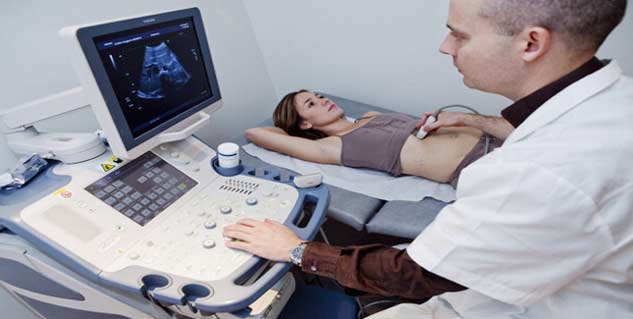
Ultrasound is a radiation-free technique for imaging. It uses high-frequency sound waves to generate images and videos of organs and parts from inside the body without making an incision. Most commonly, it is used to image heart, blood vessels, kidneys, liver, and the foetus during pregnancy.

Why abdominal ultrasound is performed?
Abdominal ultrasounds are done to evaluate major organs such as gallbladder, kidneys, liver, pancreas, abdominal aorta and other blood vessels present inside the abdomen. The procedure has no risk associated with it. Common conditions for which an ultrasound may be conducted include abdominal aortic aneurysms, blood clots, enlarged organs, fluid in the abdominal cavity, gallstones, kidney blockage or cancer, stones in the kidney or gallbladder , liver cancer, abdominal pain and tumours.
Preparing for the test
Ultrasound is a simple procedure and it doesn't involve incision. Your doctor will advise you to avoid eating anything for 8-12 hours before the ultrasound is scheduled for. An empty stomach will help prevent the undigested food from blocking the sound waves, as it would make it difficult to get a clear picture. However, you can drink water and take medications as per your doctor’s advice. In addition, you may be instructed to eat a fat free meal the evening before you begin your fast to conduct an ultrasound of the gallbladder, liver, pancreas or spleen.
What happens during the test?
You will be asked to lie down on a table with your abdomen exposed. The lab technician or the doctor will apply a special lubricating jelly on the abdomen to prevent friction from transmitting sound waves. The transducer sends high frequency sound waves that produce echo as they hit an organ that is then reflected into a computer. The ultrasound technician may ask you to change positions to get better access to other areas for examination. This procedure may take 20-30 minutes. Once the procedure is done, the gel will be cleaned off from your abdomen and you can wait for your results.
Image Source: Getty
Read more articles on Ultrasound







